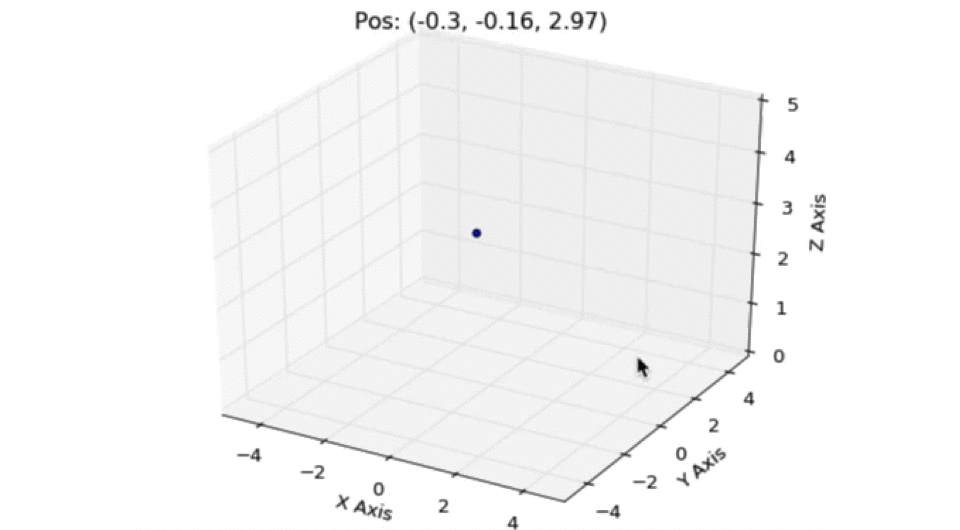FastSim
This is a point simulator for a drone. The original code was adapted from FlightGoggles
Installing the Simulator
First, we will start by cloning the repo:
$ cd ~
$ git clone https://github.com/hildebrandt-carl/fastsim.git
$ cd ~/fastsim
Next, install all the prerequisites required for this project:
$ sudo apt-get update
$ sudo apt-get install libsdl-dev -y
$ sudo apt-get install python-pip -y
$ python2 -m pip install --upgrade pip
$ python2 -m pip install scipy
Now we are going to install the ROS dependent dependencies:
$ cd ~/fastsim
$ rosdep install --from-paths src --ignore-src --rosdistro kinetic -y
$ sudo apt-get install ros-kinetic-joy -y
$ sudo apt-get install ros-kinetic-imu-filter-madgwick -y
Next, we are going to compile to the workspace.
$ cd ~/fastsim
$ catkin build
Using the Simulator
Finally, we can run the simulator
$ source ~/fastsim/devel/setup.bash
$ roslaunch flightcontroller fly.launch
Inside the rqt_publisher publish messages to: Topic: /uav/input/position Message Type: geometry_msgs/Vector3 Frequency: 1Hz
Set the x,y, and z: the quadrotor will fly to that point.
Testing the Simulator
To test the simulator, let it run for a minute. Do not provide the simulator with any input x,y, or z position. The default position is (0,0,3). The simulator should look as shown below. If the quadrotor (blue point) falls off the screen, try improving your VM's performance using the FAQ on the website. If you are sure you have tried all VM improvements, and the quadrotor still falls off the screen, let us know.
